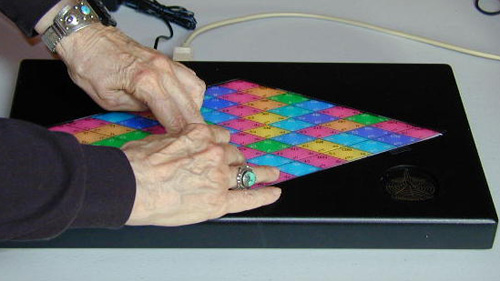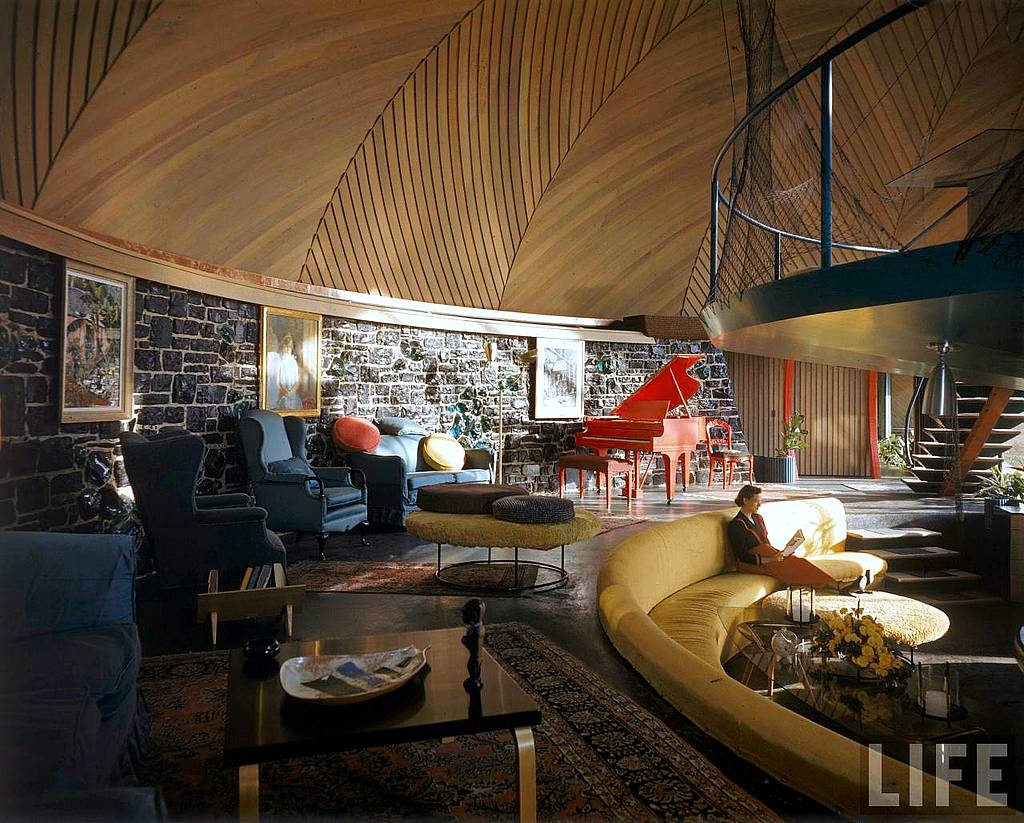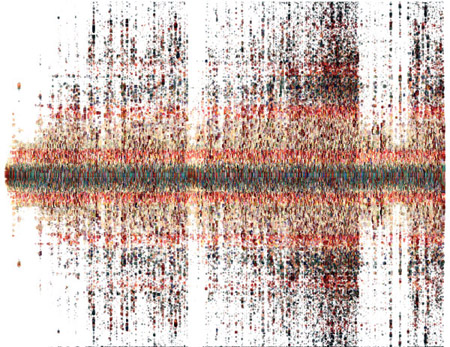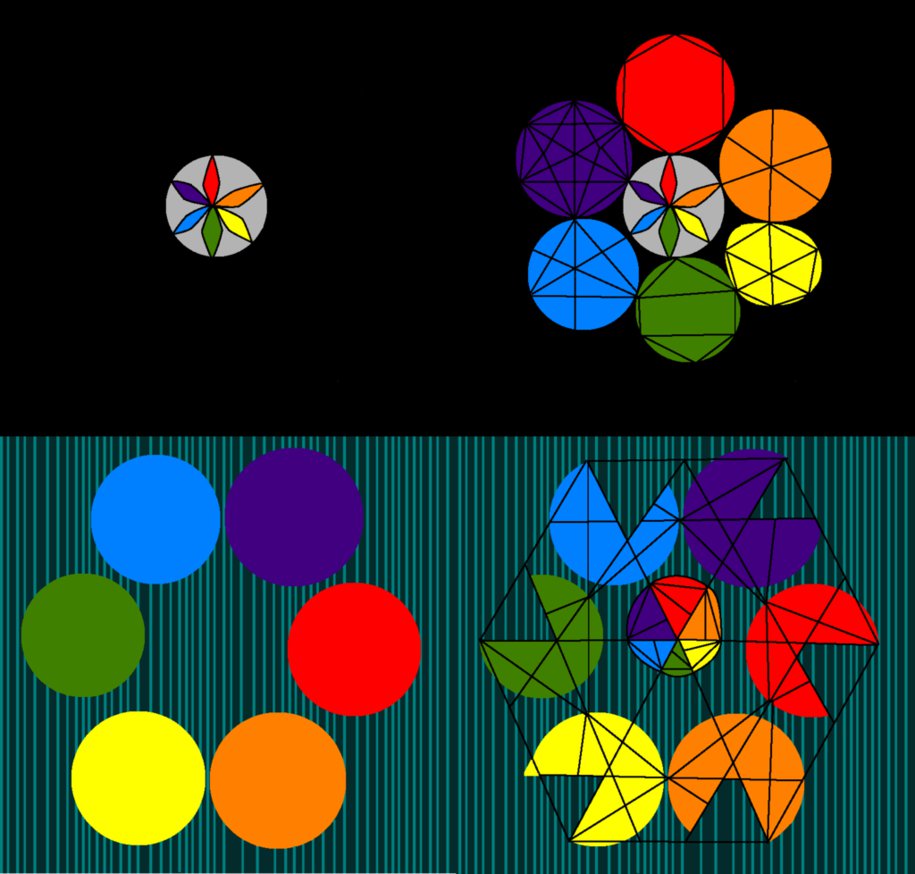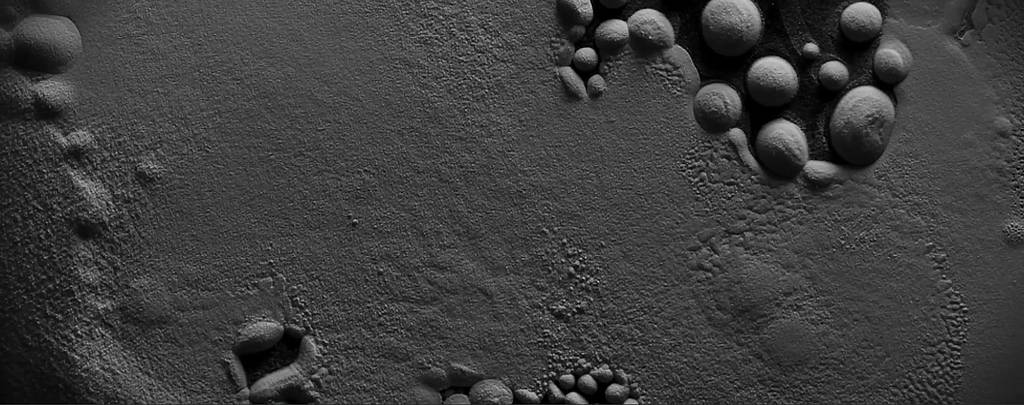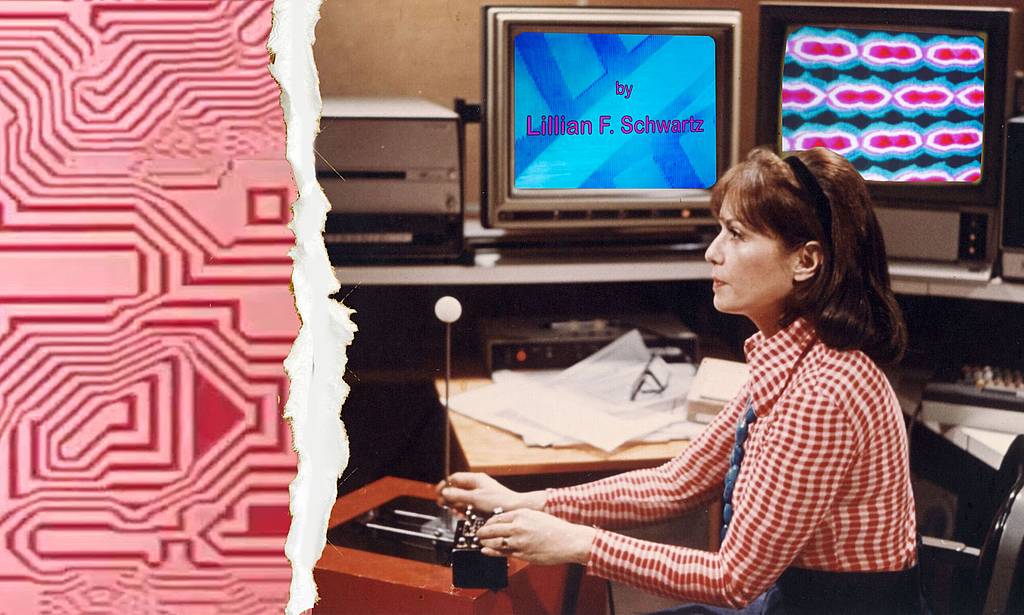The Lambdoma Keyboard
by Barbara Hero
From Dangerous Minds: "The Lambdoma Matrix is attributed to the philosopher Pythagoras (500 bc) who spent over twenty years as an Egyptian initiate. The concept of the Lambdoma Matrix in the present age is relatively unknown, and is not cited in most dictionaries. On the surface, it appears to be nothing more than a mathematical multiplication and division table. On a closer look however, it bears a one-to-one relationship to musical intervals in a very specific harmonic series. Because of its numerical framework of ratios, it can be translated into frequencies of audible sound. The Lambdoma bears relationships to aromatics, chemistry, crystallography, cybernetics, art, music, geometry, all of which may be explored by those interested in the above disciplines. The Lambdoma bears mathematical relationships to Issac Newton, the Diophantine equations and the Farey series, as well as in the present century to Georg Cantor…"
Check out the video demonstration by Barbara Hero.
